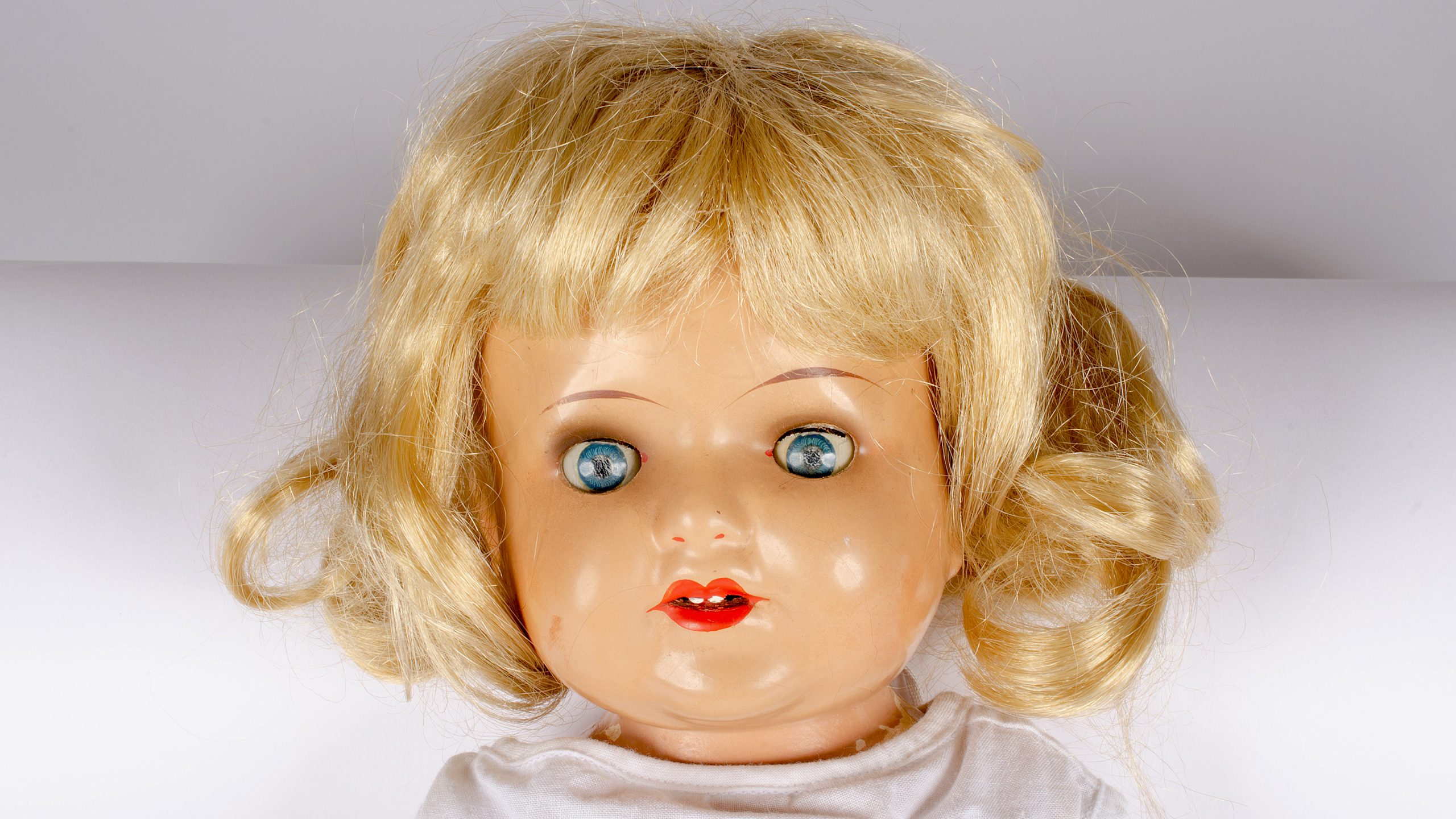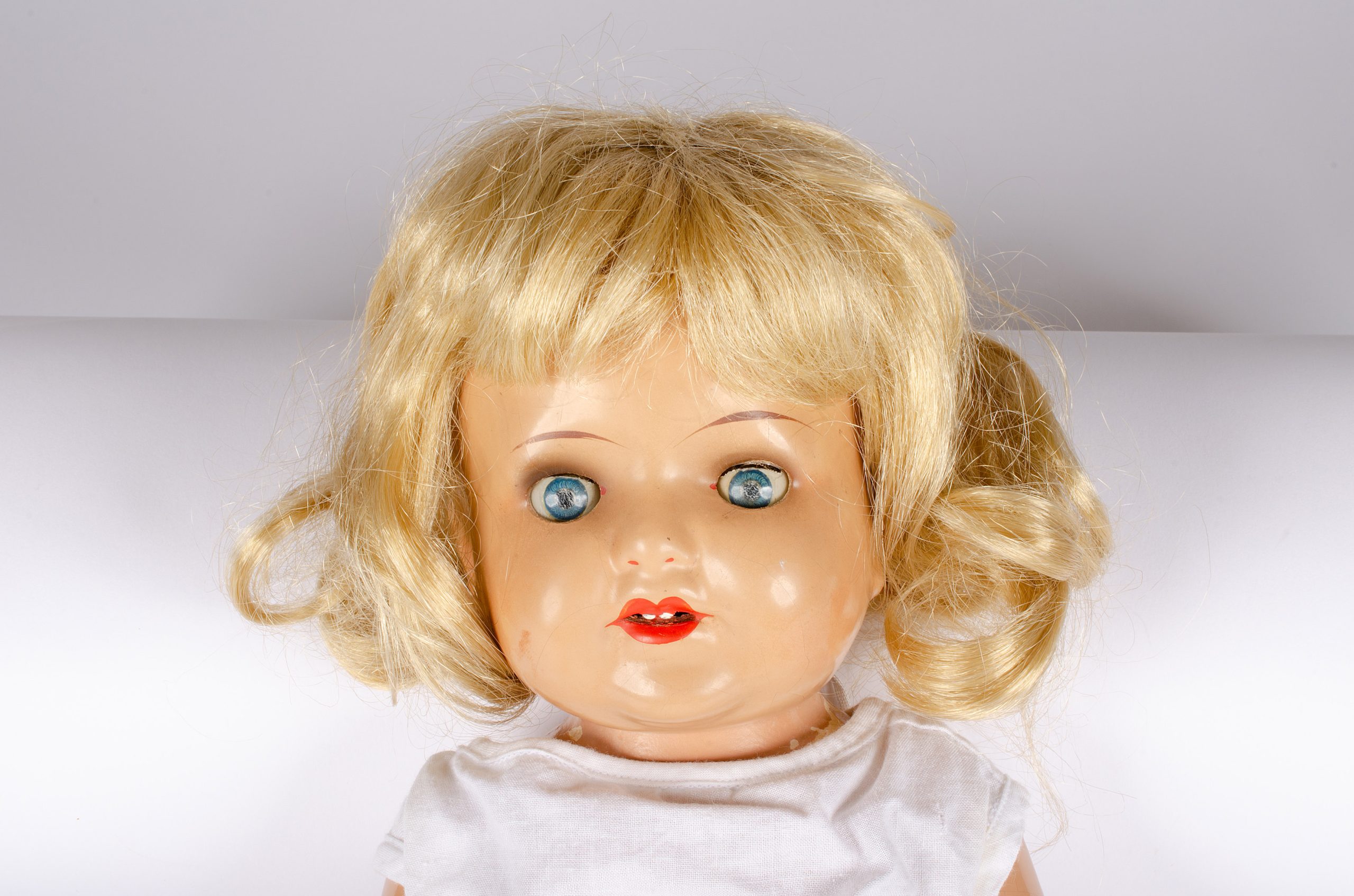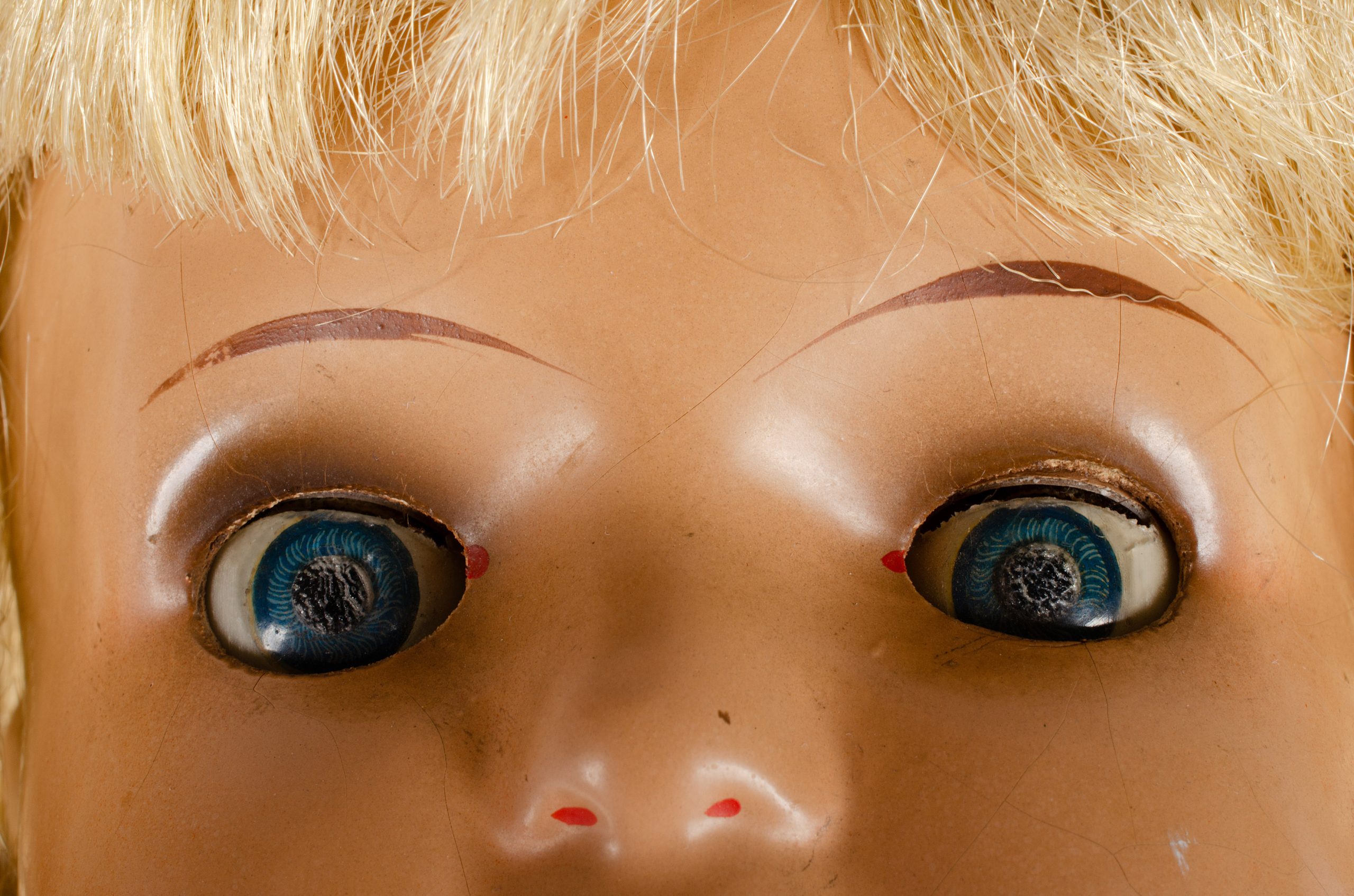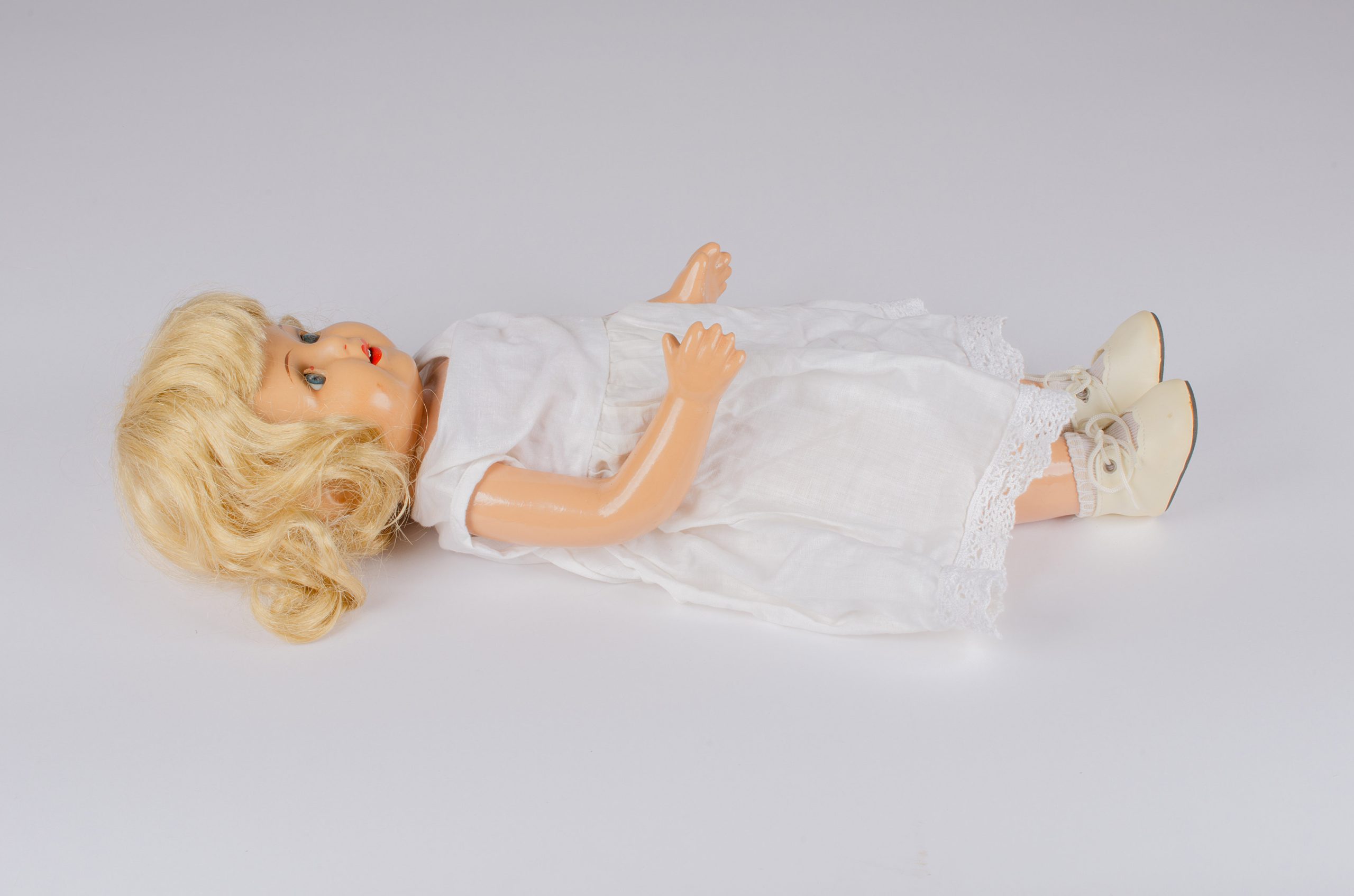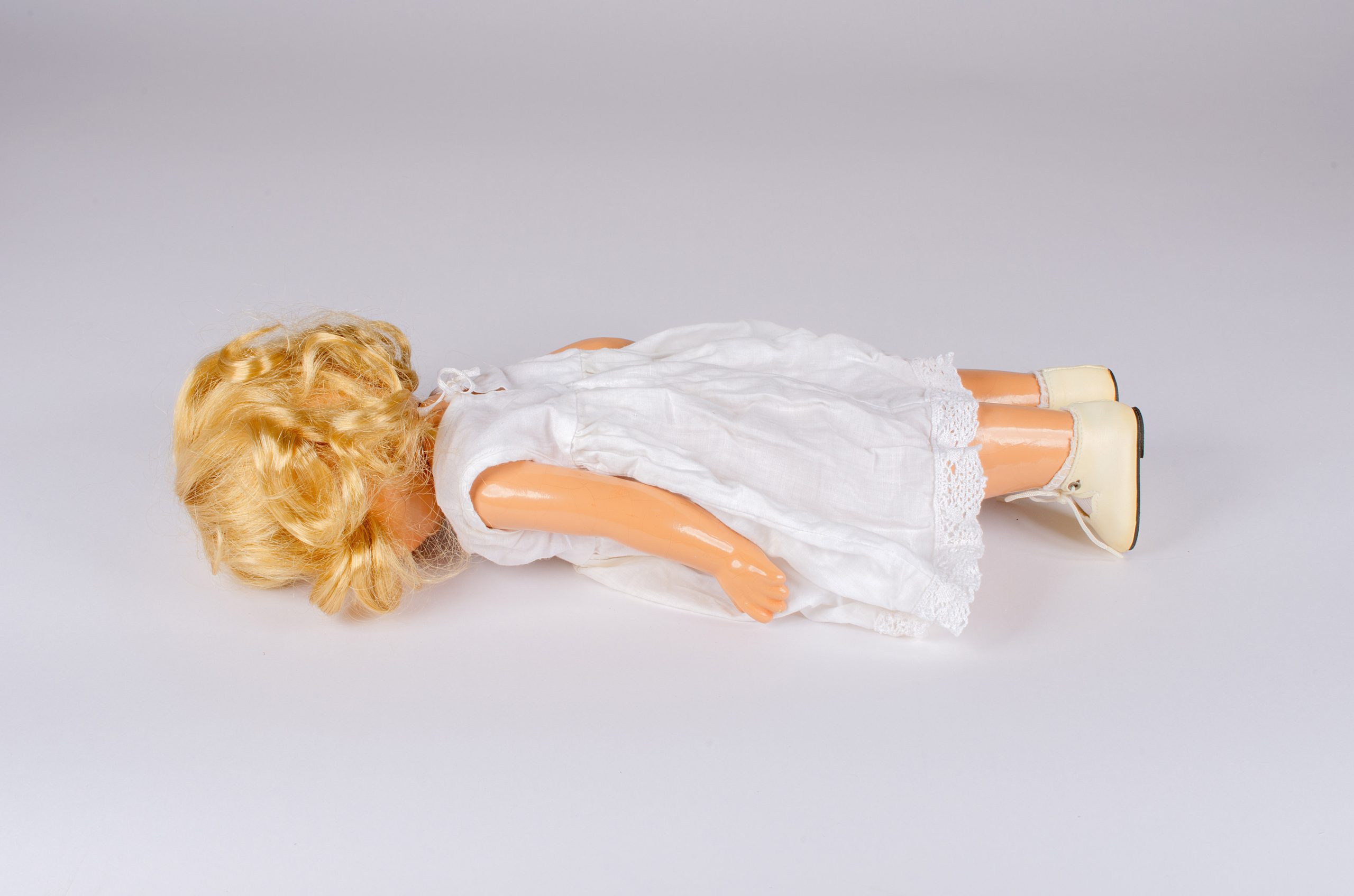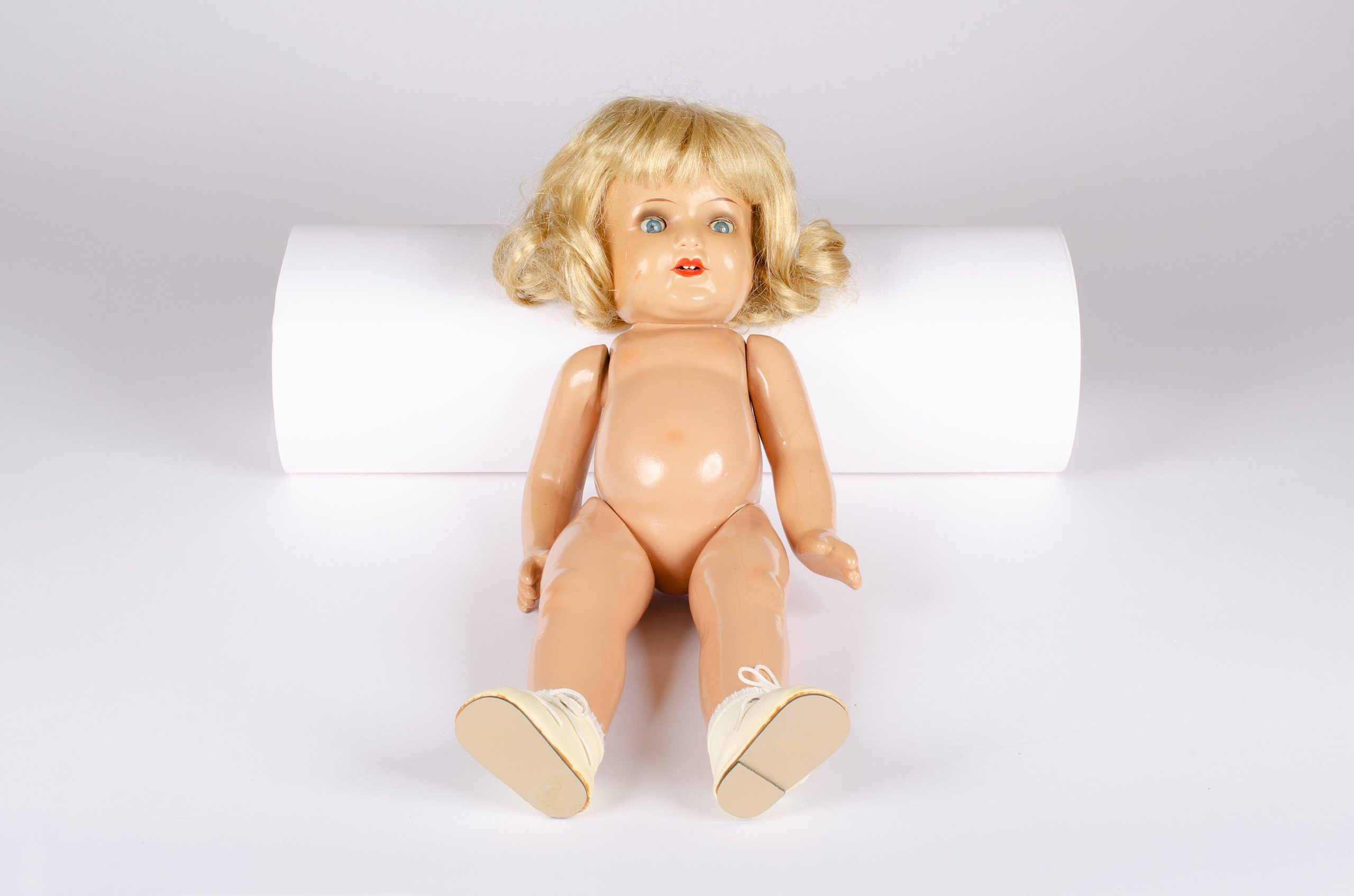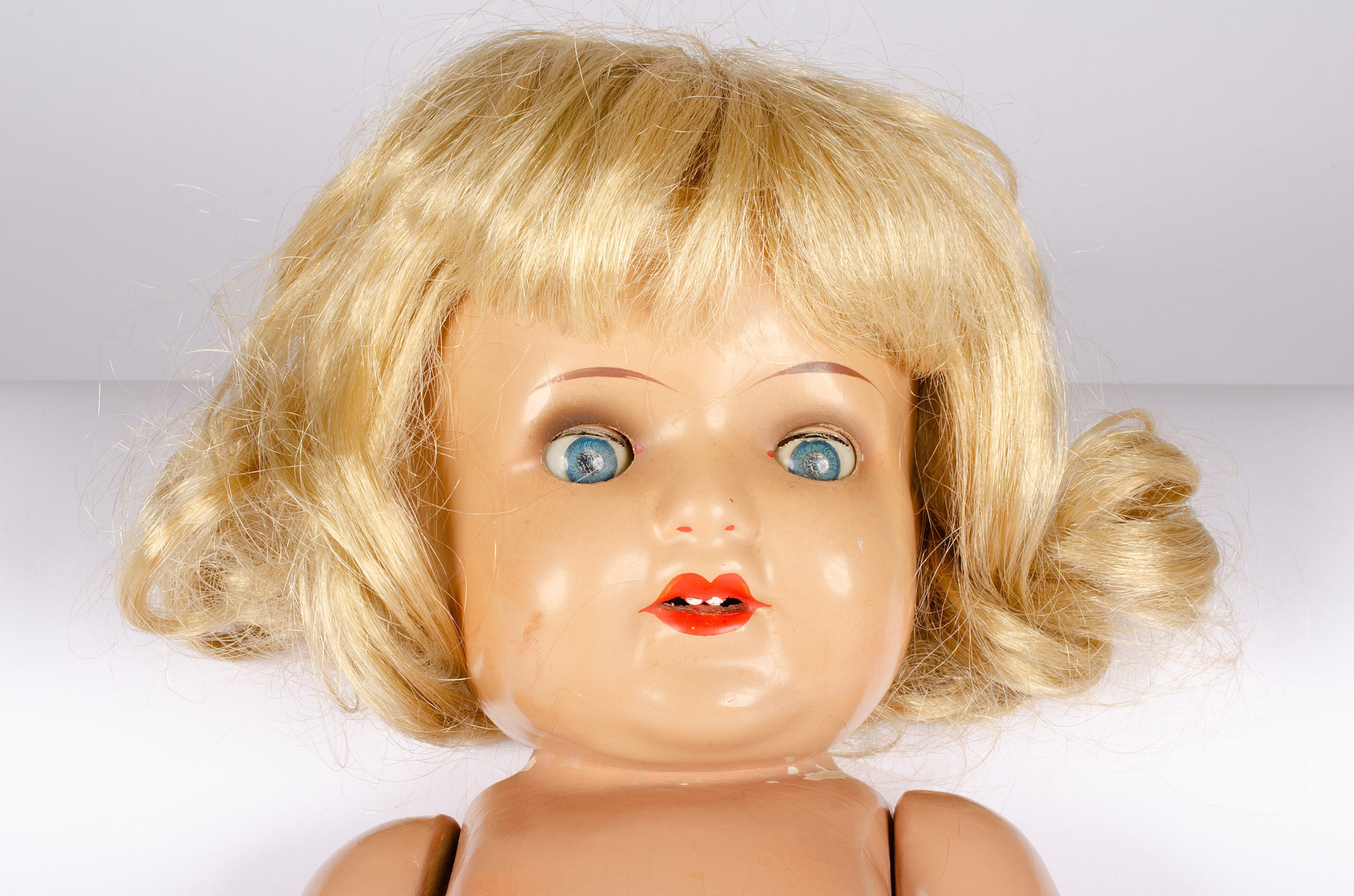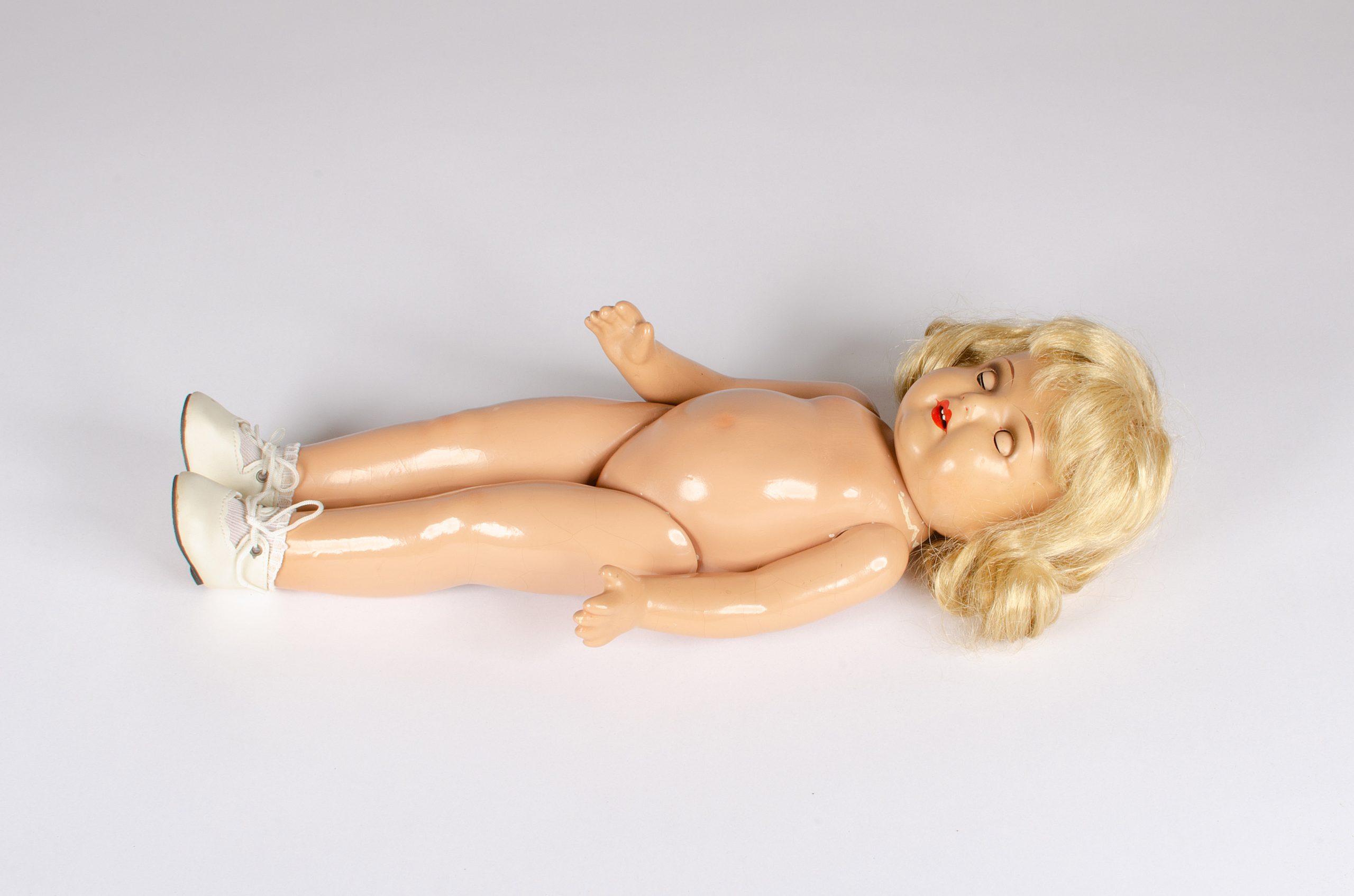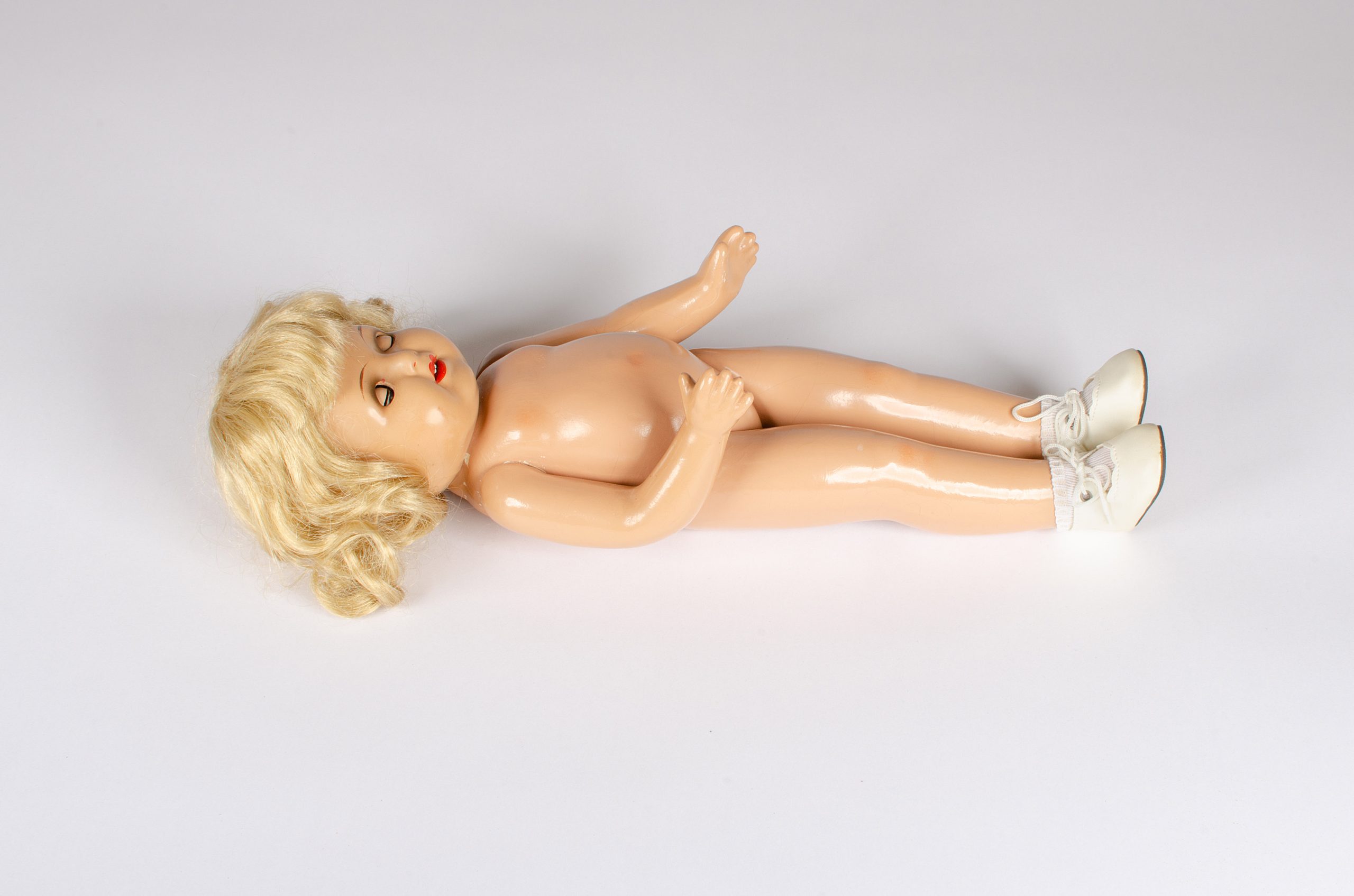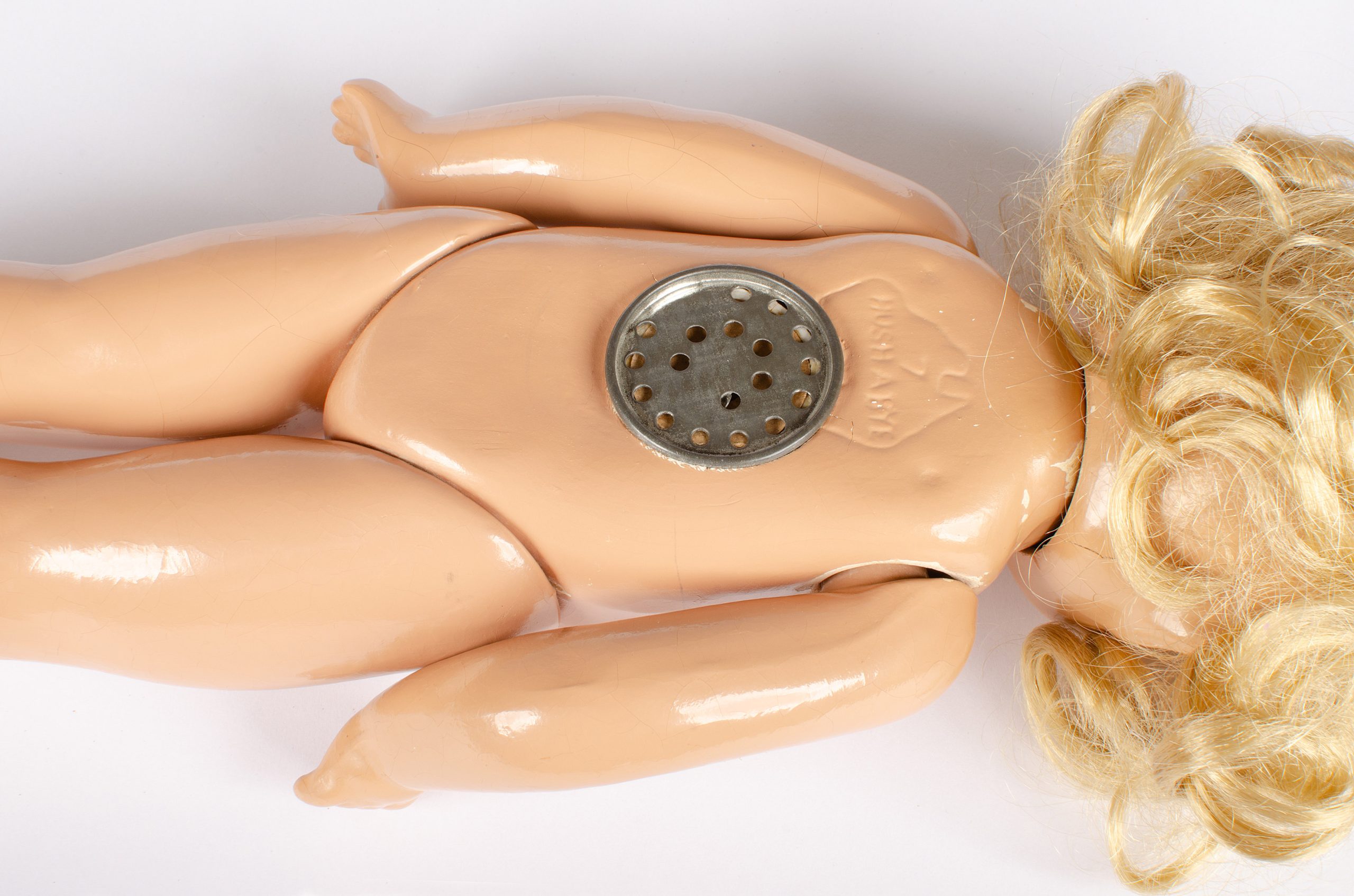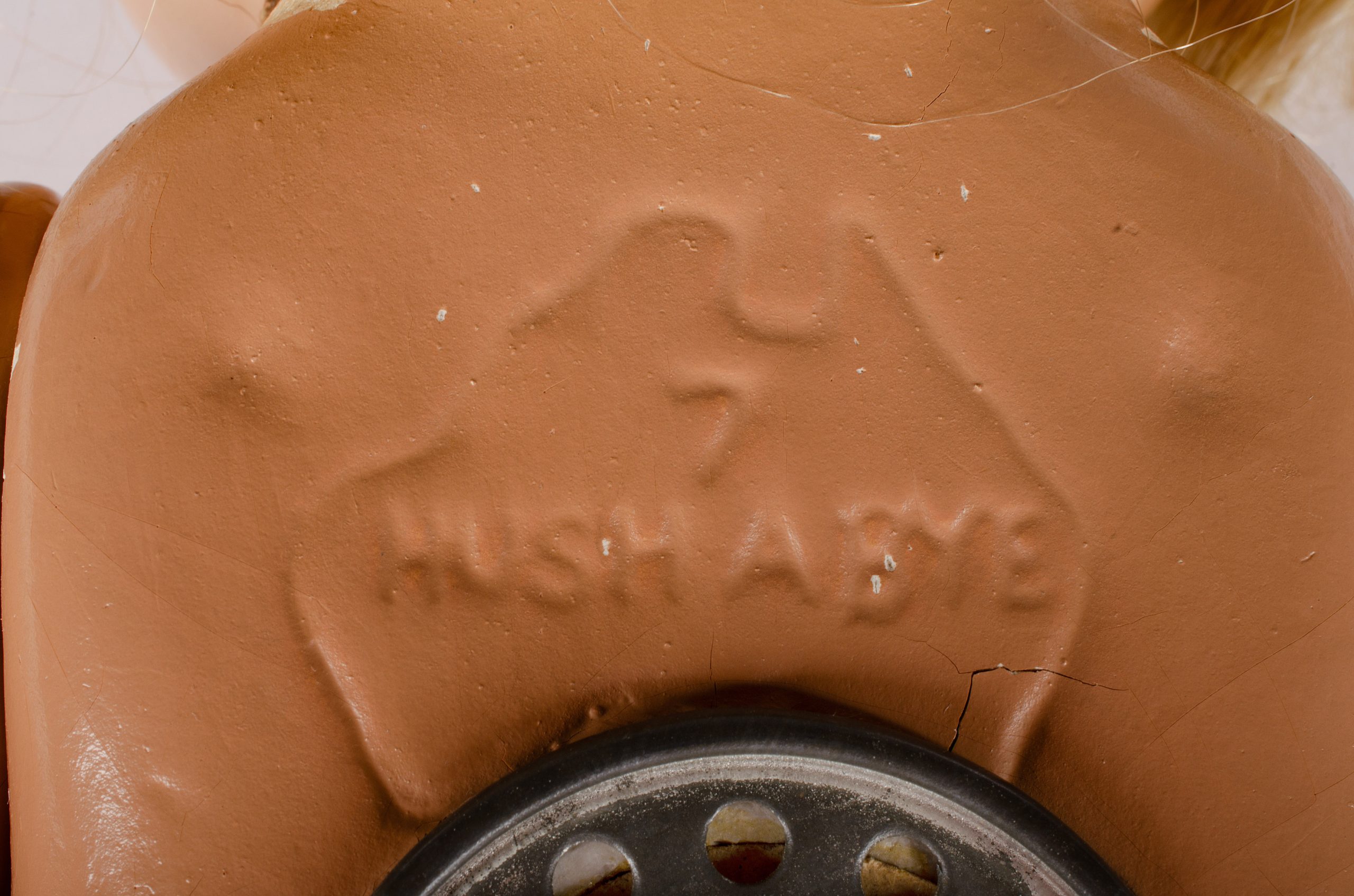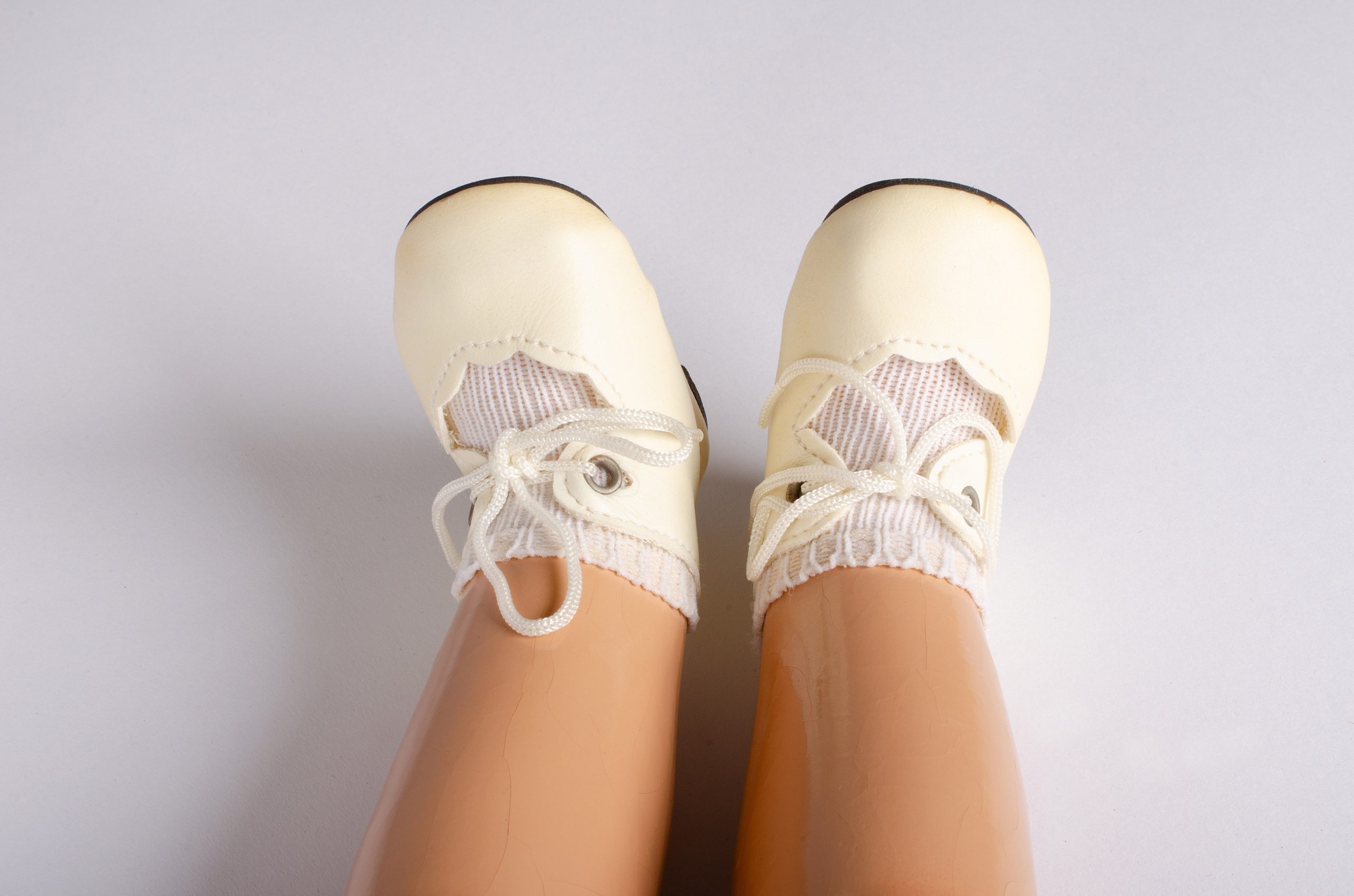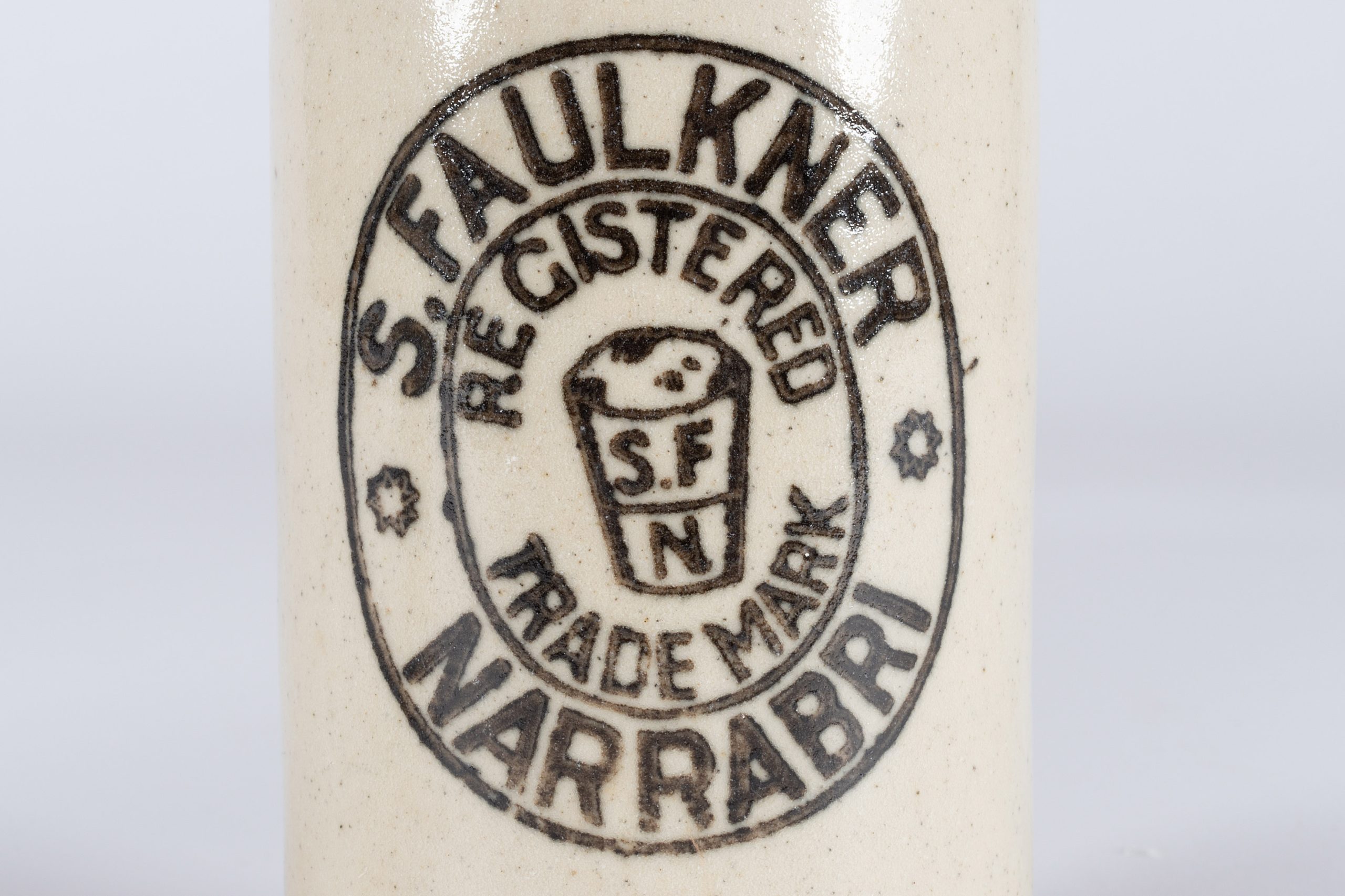Frankenstein’s Toy
A (Partly) Australian Doll
In the 1920s, the children’s doll market was booming. The recent development of celluloid had changed everything – instead of relying on delicate and expensive porcelain, celluloid was tough, easily moulded, affordable, and high quality.
During this time, the German and Japanese doll industries were particularly active, and many dolls and parts were imported to Australia. One company that used these parts was Laurie Cohen’s ‘Hush a Bye’ dolls.
Cohen used porcelain heads from Germany, celluloid limbs from Japan, and cloth-filled bodies made in his factory in Sydney. This economical, ‘Frankenstein’ method was extremely successful and by 1934 Hush a Bye was producing a line of nearly 300 dolls. Yet, their success was thrown into uncertainty with the advent of WWII.
As rising international tensions led to import restrictions being placed on goods from Germany and Japan, Cohen was forced to rethink and redesign his dolls. With help from his colleague, Roy Buxton, they used plaster and latex to mould and cast the imported heads and limbs, and began manufacturing an all-Australian-made doll.
In 1942, the War Organisation of Industry (WOI) placed further restrictions which rationed the use of glass and declared it illegal to produce dolls. Cohen navigated this challenge by switching the doll’s iconic glass ‘sleeping’ eyes to a wooden design and arguing that dolls were essential for children’s morale.
A wartime workaround, the Hush a Bye doll now represents the adaptability and inventiveness required during this time of instability.


